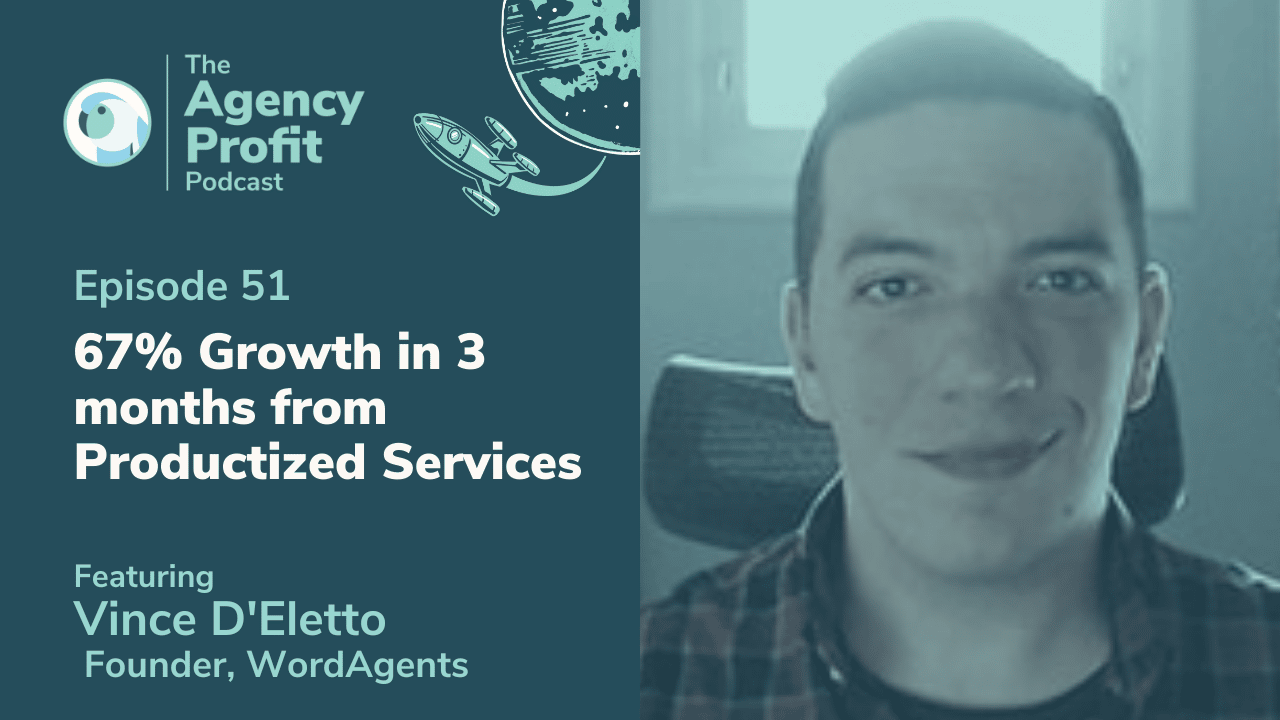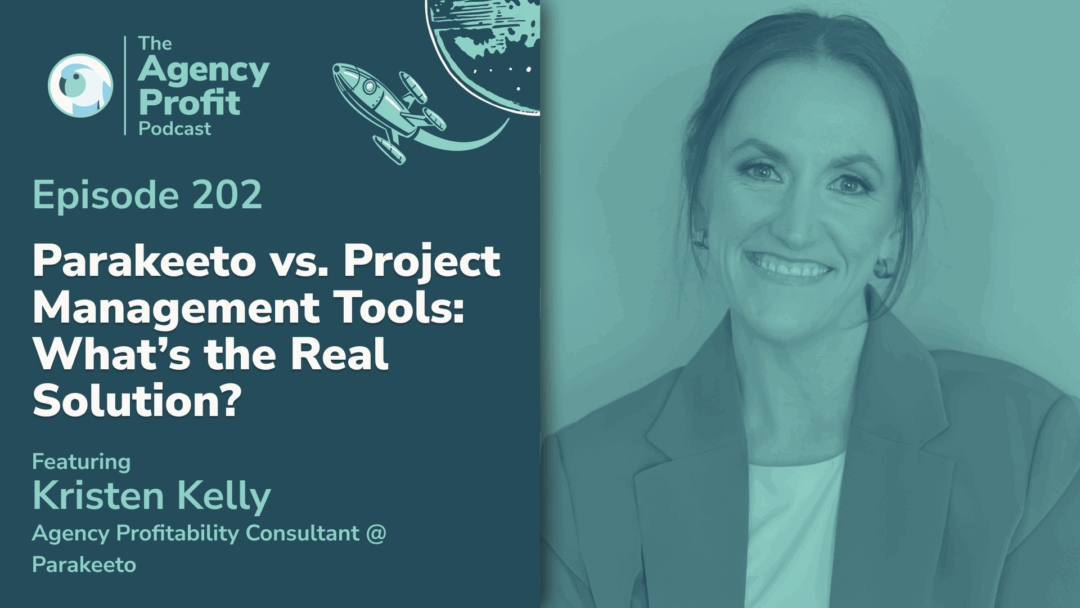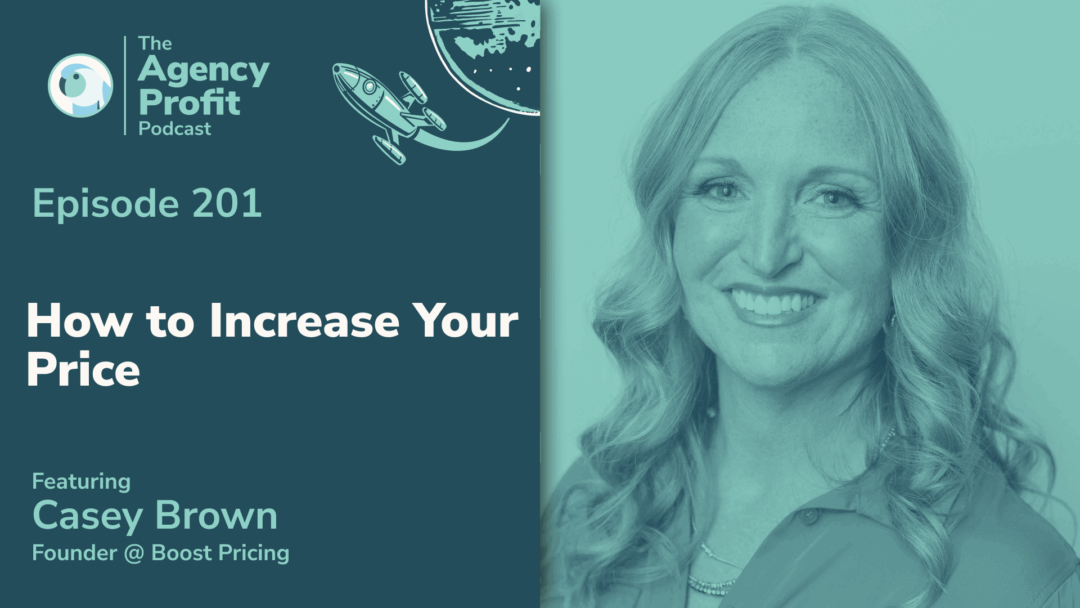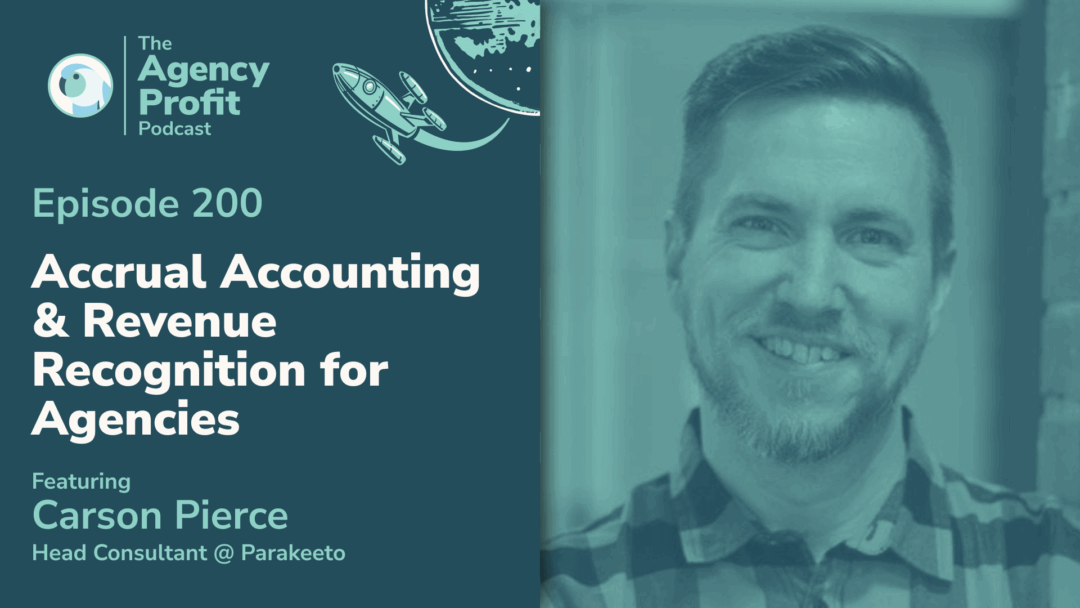Who wouldn’t want to have the option to streamline their services? True, bespoke offerings are great, but they can be time-consuming… Meet Vince D’Eletto, founder of Word Agents (an SEO content writing/copywriting service provider) who pivoted his agency services, from bespoke to standardized. In this here podcast – he chronicles how he found the transition.
About Vince:
As sole founder of Word Agents, Vince has been in the SEO and digital marketing space since 2009, managing a portfolio of SEO websites, some of which have exited. Additionally, he owns a noodle bar called Bakuta, in Lindenhurst New York. When he’s not running his businesses, you can find him playing guitar and hanging out with his family in Long Island.
Points of Interest…
- Transitioning from bespoke to productized services 2:11
- Recovering from niching down your services 4:28
- Figuring when/how much you need to hire 6:09
- Standardizing costs of services 8:15
- Advice for those considering productizing services 11:04
Transitioning From Bespoke to Productized Services
There’s a process one usually goes through when taking a business from bespoke “made to measure” projects, to dialing in as a productized service. When asked about some of the trickier aspects of his agency’s standardization, Vince says to consider your options carefully; don’t write some off by assuming something won’t work for you because it doesn’t 100% fit your needs.
For example: Vince had been trying to launch a backend client dashboard and project management system and naturally presumed the best course of action was to hire someone to specifically custom build software. However, there was also an out-of-the-box platform called Service Provider Pro that was on his radar. While initially reluctant to go for it, he’s glad he saw the bigger picture…
“It got me 80% of the way there, and the other 20% that it didn’t have wasn’t a “make or break it” type scenario for me. So, we went with the service provider and it’s been a great, multi-use platform.”
So, what’s on offer via such platforms? I’m glad you asked! Service Provider Pro usually offers a mix of the following…
- A help desk
- Project management
- Customer Relationship Management (CRM)
- Client dashboard
- Endorsing tools
This may be all you need to jump from project-based work (plus all the spreadsheets and emails that tend to go with it) to something you could build upon. From this new launchpad, all that’s really required is the updating of your systems, or, in Vince’s case…
“We hired a talent manager who was in charge of onboarding writers, hiring, and then training them for us. Then, we built our marketing and sales system, which got us all over paid media, all over LinkedIn, all over email. Really, it was the systems I couldn’t get to when I was buried in operational work myself.”
Recovering From Niching Down Your Services
The big thing about niching down is, a lot of people are scared of losing out on business, or experiencing what some presume is an inevitable downturn while finding your feet. That, however, wasn’t the case for Word Agents.
“For years, I was doing over a million dollars in revenue as the single owner. I really had no staff and it was just contracted writers. So, a lot of the money was just saved in banks. I was fine with letting go of the short-term revenue because I knew how much higher my ceiling would grow with the product’s high service.”
In other words, a downturn isn’t always inevitable, not if you plan for it. Vince hit the ground running at 67% growth after launching his new range of services on April 20th of this year. He’s still at the implementation stage of marketing and sales strategies, but he’s back up to two previous revenue levels already. So everything above that going forward is just new ground for him.
Figuring When and How Much You Need to Hire
Now that Vince has transitioned to productize services, what’s the data required in order to decipher and focus on optimum business growth?
“Since we’re able to break down our revenue to the word unit, I can quickly average out what that’s going to cost us in regards to the cost of goods sold – which are our writers. And then I can get capacity that way.”
Basically, at the beginning of every week/month, Vince can see what his due dates are shaping up like and then gauge capacity. Initially, it’s a rough estimate as he’s still building out dashboarding systems that will help him determine capacity in a more exact fashion. Some of the tools he’s currently using include…
- Onboarding with Wicked Reports – a marketing attribution system that’s helping him build his marketing funnel.
- Building a general dashboard for the business, based off Google Sheets
- Using Geckoboard, a tool that allows you to pull in data and visualize where he’s at with various metrics in the business, including writer capacity.
Side Note: The simplest way to model capacity is often to create a “payroll grid”. This means listing all of your delivery and partial delivery employees, along with their weekly capacity and then multiplying that by the number of weeks in a given period.
Want to set benchmarks for your team and agency around utilization? You’d then add delivery/billable expectations and time off / holidays to that grid and model out your capacity and utilization targets for the team.
Example:

Want this exact payroll grid template? It’s included for free in our Agency Profitability Toolkit:
Standardizing Costs of Services
In Vince’s case, this is pretty straightforward; what his writers get paid is standardized at the cost per word and price per word. So, in essence, that’s your gross margin at the moment you sell the product. He knows his exact margins for each of his four packages – the rate per word for his writers is a part of his cogs (and standardized), as is the rate he gives the team leaders, who act as proofreaders and quality assurance.
“Basically, for every word in every article we put out, I know exactly what it’s going to cost. We’re really just working on figuring out our cost of client acquisition – that took a little longer; we need some more data to build up post-launch. We’re getting there!”
For those reading, keep the following in mind: you don’t have to go all the way to full productization to glean the benefit of simplifying your client work. By being more deliberate about the services, processes, and scopes you offer clients can make all the difference. Taking nuggets of what you learn here, and applying it to your business, can render it easier to scale and streamline.
In saying that, however, the productized service model isn’t for every business and the bespoke, project-based agency is going to continue for a long time. However, what you can do is simply standardize your systems. That’s going to save you a ton of time. The project management software out there will help, and it doesn’t have to be a perfect fit – remember your 80, 20 ratios!
Side note: The simplest way to model capacity is often to create a “payroll grid”. This means listing all of your delivery and partial delivery employees, along with their weekly capacity and then multiplying that by the number of weeks in a given period.
Want to set benchmarks for your team and agency around utilization? You’d then add delivery/billable expectations and time off / holidays to that grid and model out your capacity and utilization targets for the team.
Example:

Want this exact payroll grid template? It’s included for free in our Agency Profitability Toolkit:
Advice For Those Considering Productizing Services
If you’re thinking about fully productizing, or merely standardizing what you’re doing in your agency, what is the advice Vince has for you?
The short answer is: always know what your customers want. Additionally, don’t launch a product until you know exactly what it is. Doing anything prematurely is a waste of resources across the board.
It’s okay to contact a couple of clients to say, “Hey, we’re working on a new service offering. Do you want to try it and get a sense of what does?” If the margins are good, and the results are consistent, that’s a totally legit and viable way to vet things.
Key Takeaway…
The minimum viable product is less expensive in services than it is in software. You just have to throw some people at it for a little bit, you can stop it whenever you want. It’s certainly not the same as trying to build your own software in order to launch a product.
In fact, while you’re here; if you’ve tried to build your own custom software to run your agency, please leave us a comment. Let us know about your battle scar!
Want to see more from Vince? You can do that via…
Did you learn anything new from this episode? Let us know in the comments below – feedback is king! Our next installment of #APP, on January 13th, will see us chat with Trent Dyrsmir. While our previous blog with Drew McLellan is over here…
Agency Profitability Tool Kit
If you’re looking for more resources to help you improve your agency’s profitability, check out the Agency Profitability Tool Kit. It’s full of the same templates and checklists we’ve used with consulting clients to help them improve profitability by over 100% – in under 60 days.








0 Comments